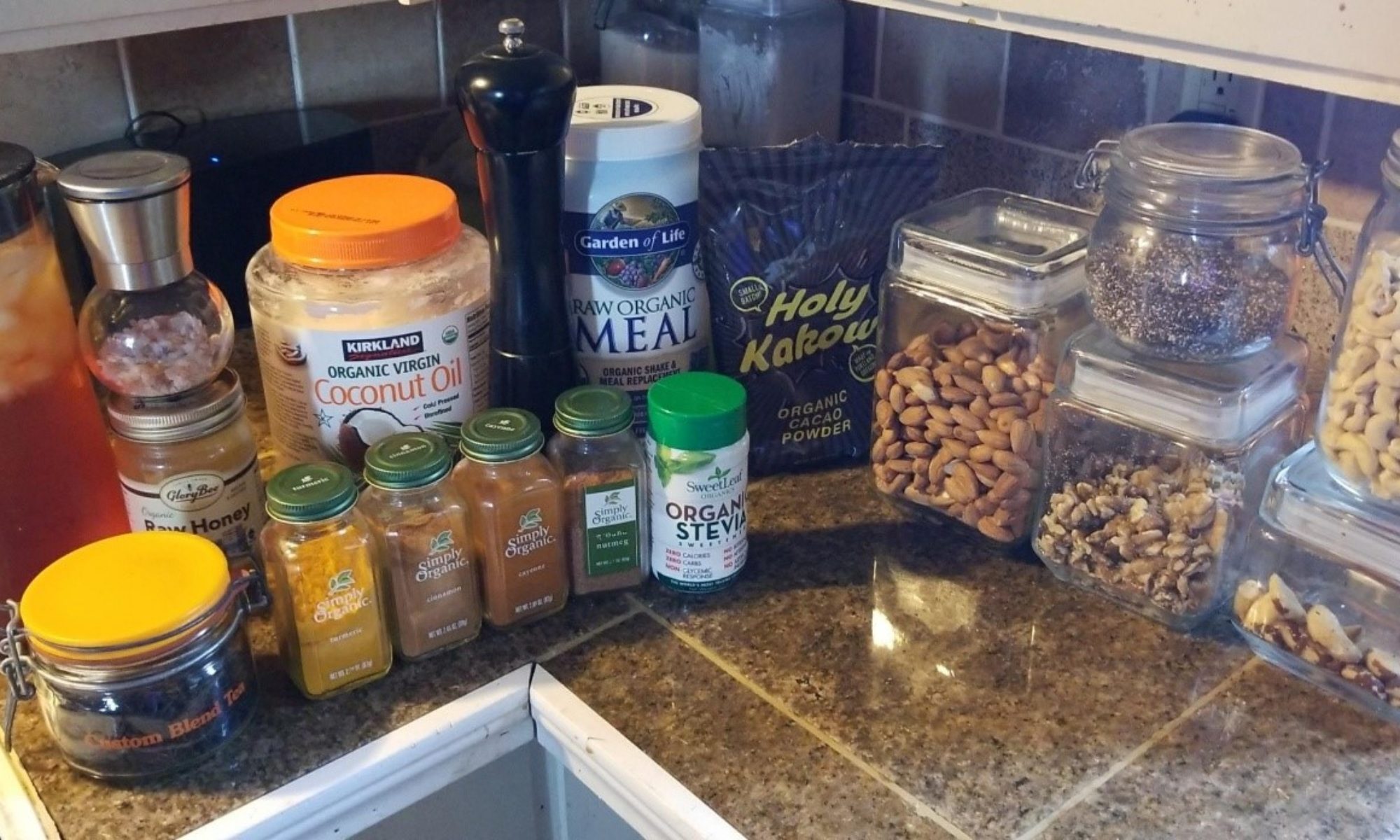Organic Banana
Bananas are best stored hung by the stem out of direct sunlight (unless ripening is desired). For the latest smoothie recipe we have been breaking the bananas apart into approx 1″ pieces and freezing, this aids in reduced processes turn around times and temperatures.
Wonderfully sweet with firm and creamy flesh, bananas come prepackaged in their own yellow jackets and are available for harvest throughout the year.
Bananas contain a fair amount of fiber, as well as several antioxidants. One medium-sized banana (118 grams) also contains:
Potassium: is a mineral that is essential for heart health, especially blood pressure control.
Vitamin B6, Vitamin C, Magnesium, Copper, Manganese, carbs, Fiber, Protein, and Fat.
Each banana contains only about 105 calories, and consists almost exclusively of water and carbs. Bananas contain very little protein and almost no fat.
They contain several types of potent antioxidants, including dopamine and catechins
Unripe bananas contain resistant starch, which acts like soluble fiber and escapes digestion.
Both pectin and resistant starch may moderate blood sugar levels after meals, and reduce appetite by slowing stomach emptying.
Furthermore, bananas also rank low to medium on the glycemic index, which is a measure (from 0–100) of how quickly foods increase blood sugar levels.
The glycemic value of unripe bananas is about 30, while ripe bananas rank at about 60. The average value of all bananas is 51.
This means that bananas should not cause major spikes in blood sugar levels in healthy individuals.
Starches are long chains of glucose that are found in grains, potatoes and various foods.
But not all of the starch we eat gets digested.
Sometimes a small part of it passes through the digestive tract unchanged.
In other words, it is resistant to digestion.
This type of starch is called resistant starch, which functions kind of like soluble fiber.
Many studies show that resistant starch can have powerful health benefits for humans.
This includes improved insulin sensitivity, lower blood sugar levels, reduced appetite and various benefits for digestion.
It goes through the stomach and small intestine undigested, eventually reaching the colon where it feeds the friendly bacteria in the gut.
The bacteria in the intestine (the gut flora) outnumber the body’s cells 10 to 1. In that respect, we are only 10% human.
Whereas most foods we eat feed only 10% of our cells, fermentable fibers and resistant starches feed the other 90%.
It reduces the pH level, potently reduces inflammation and leads to several beneficial changes that should lower the risk of colorectal cancer, which is the 4th most common cause of cancer death worldwide.
The short-chain fatty acids that aren’t used by the cells in the colon travel to the bloodstream, liver and to the rest of the body, where they may lead to various beneficial effects
Because of its therapeutic effects on the colon, resistant starch may be useful for various digestive disorders. This includes inflammatory bowel diseases like Ulcerative Colitis and Crohn’s Disease, constipation, diverticulitis and diarrhea
Bananas are fairly rich in fiber and resistant starch, which may feed the friendly gut bacteria and help protect against colon cancer.
*Affiliate links in article support us at no additional charge to you, thank you.
Reverences:
https://en.m.wikipedia.org/wiki/Banana
https://www.healthline.com/nutrition/11-proven-benefits-of-bananas#section3
https://www.healthline.com/nutrition/resistant-starch-101
